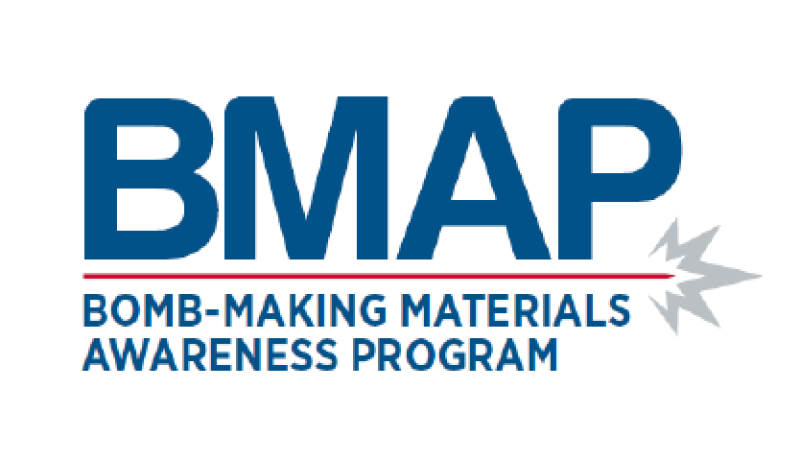
Physical Security
Defending our homeland begins with protecting our nation’s hometown security – our physical security. Providing comprehensive physical security requires expertise across a broad range of physical environments and threat types. From public gatherings, schools, businesses, and houses of worship, there are a vast number of physical locations that must be protected. These locations are vulnerable to active shooter, bombing, unmanned aircraft, vehicle ramming as well as insider threat attacks. There are preventative and protective strategies that can be implemented at the federal, state, local and tribal government levels, within business and organizational structures, and for each individual citizen to safeguard our nation’s physical security.
DHS is closely monitoring unfolding events in Israel and Gaza and will share relevant information on Resources and Information for Faith and Community Leaders Regarding the Situation in Israel | Homeland Security.
CISA’s most important mission is to protect the American people. As part of that mission, CISA provides access to tools and resources to support physical security and resilience. CISA coordinates with various stakeholders and experts to provide counsel and recommendations on protective measures that organizations of all sizes can implement to protect facilities, venues, and public gatherings. Every member of our community – friends, families, co-workers, neighbors – acts as the first line of defense in keeping the public safe and secure. CISA offers free tools, trainings, informational materials, and additional resources for all audiences to prevent, protect against, respond to, and mitigate security incidents.
Featured Content
Learn about important initiatives that support and enhance Physical Security.
If You See Something, Say Something® campaign
Bomb-Making Materials Awareness Program (BMAP)
Physical Security Considerations for Temporary Facilities Fact Sheet
Pathway to Violence
Security Planning Workbook

Preventing Workplace Violence: Security Awareness Considerations Infographic
Learn with Region 8’s Webinar Program
Counter- IED Micro Training Videos
K-12 School Security Guide Training Companion
Helpful Resources
Use CISA's resources to gain important physical security knowledge and skills.

Physical Security Performance Goals for Faith-Based Communities
Suspicious or Unattended Item Postcard and Poster

K-12 School Security Guide (3rd Edition) and School Security Assessment Tool
Homeland Threat Assessment
Contact CISA Central
CISA Central is the simplest way for critical infrastructure partners and stakeholders to engage with CISA. Please contact Central@cisa.gov





